Home>Gardening & Outdoor>Landscaping Ideas>How Often To Water My Grass In 100 Degree Weather
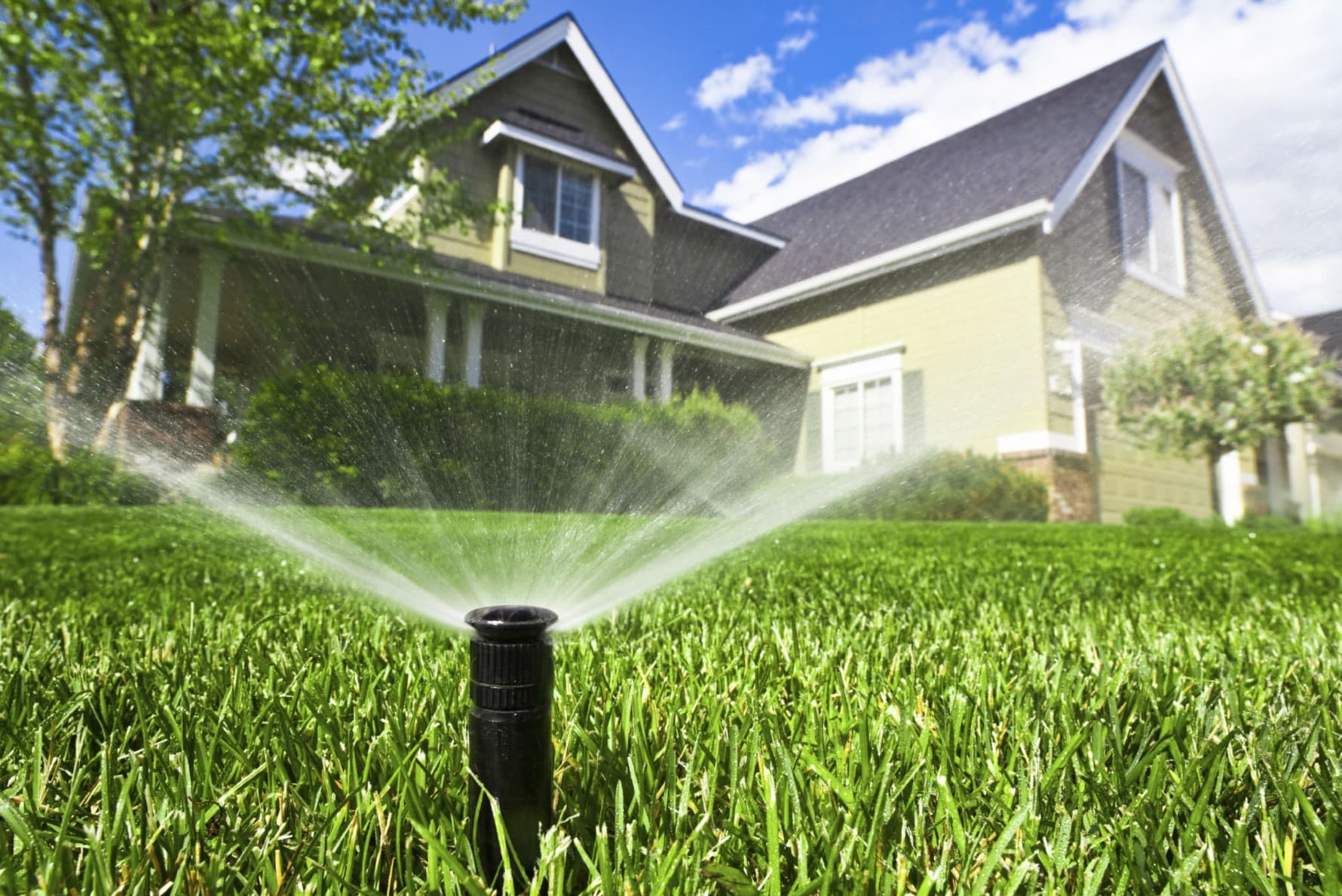

Landscaping Ideas
How Often To Water My Grass In 100 Degree Weather
Modified: October 18, 2024
Discover expert landscaping ideas for watering your grass in 100-degree weather. Learn how often to water your lawn to keep it healthy and green.
(Many of the links in this article redirect to a specific reviewed product. Your purchase of these products through affiliate links helps to generate commission for Storables.com, at no extra cost. Learn more)
Understanding the Impact of High Temperatures on Grass
The scorching heat of 100-degree weather can take a toll on your lawn, causing stress and dehydration to the grass. As a homeowner, it's crucial to understand the effects of extreme temperatures and how they can impact the health and vitality of your lawn. In this comprehensive guide, we will delve into the intricacies of maintaining a lush, green lawn amidst sweltering heat. From understanding the signs of dehydration in grass to implementing best practices for watering, this article aims to equip you with the knowledge and techniques necessary to ensure the well-being of your lawn during blistering hot weather.
With the mercury soaring, it's essential to recognize that your grass is more susceptible to drought and heat stress. The intense heat can lead to rapid evaporation of moisture from the soil, leaving your grass parched and in dire need of hydration. Moreover, the high temperatures can hinder the grass's ability to uptake water and essential nutrients, further exacerbating its vulnerability to heat-related damage.
As we navigate through the intricacies of lawn care in scorching conditions, it's important to note that the well-being of your grass is contingent on various factors. From soil type and grass species to local climate patterns, each element plays a pivotal role in determining the watering needs of your lawn. By gaining a deeper understanding of these factors, you can tailor your approach to watering and ensure that your grass receives the care it requires to thrive in the face of relentless heat.
In the subsequent sections, we will explore the factors that should inform your watering frequency decisions, the telltale signs of dehydration in grass, and the best practices for watering your lawn in 100-degree weather. By delving into these aspects, you will be empowered to make informed decisions and implement effective strategies to safeguard the health and vibrancy of your lawn amid scorching temperatures. Let's embark on this journey to discover the art and science of watering your grass in the blistering heat, ensuring that your lawn remains a verdant oasis in the midst of a sweltering summer.
Understanding the Impact of High Temperatures on Grass
When the mercury climbs to 100 degrees, your grass faces a formidable adversary in the form of scorching heat. The impact of such extreme temperatures on your lawn cannot be understated. High heat can swiftly deplete the moisture in the soil, leaving your grass gasping for relief. Additionally, the relentless sun can cause the grass to lose water through evaporation at an accelerated pace, intensifying the risk of dehydration and heat stress.
As the temperature soars, the grass’s natural mechanisms for water retention and nutrient absorption can become compromised. The excessive heat can impede the grass’s ability to draw in moisture and essential nutrients from the soil, leading to diminished vitality and resilience. Furthermore, the intense heat can trigger the onset of dormancy in certain grass species, causing them to enter a protective state of reduced growth and metabolism to conserve energy and moisture.
It’s important to recognize that different grass species respond to high temperatures in varying ways. Warm-season grasses such as Bermuda grass and Zoysia grass have evolved to withstand heat and drought, exhibiting a degree of resilience in the face of scorching conditions. On the other hand, cool-season grasses like Kentucky bluegrass and fescue are more susceptible to heat stress and may struggle to maintain their lush green appearance in 100-degree weather.
Moreover, the impact of high temperatures on your lawn is not solely limited to moisture depletion and heat stress. The intense heat can create an environment conducive to the proliferation of pests and diseases, posing additional challenges to the health and vigor of your grass. As the grass weakens under the strain of relentless heat, it becomes more susceptible to opportunistic pests and pathogens that thrive in hot, dry conditions.
By understanding the profound impact of high temperatures on your grass, you can proactively tailor your lawn care practices to mitigate the detrimental effects of scorching heat. From adjusting your watering frequency to implementing measures to bolster the grass’s resilience, a deeper comprehension of the challenges posed by 100-degree weather is essential for nurturing a vibrant and resilient lawn.
Factors to Consider When Determining Watering Frequency
When navigating the task of watering your lawn in 100-degree weather, it’s essential to consider a myriad of factors that influence the frequency and quantity of water your grass requires. By taking these elements into account, you can tailor your watering regimen to suit the specific needs of your lawn, ensuring optimal hydration and resilience in the face of scorching heat.
- Grass Species: The type of grass in your lawn plays a pivotal role in determining its watering needs. Warm-season grasses such as Bermuda grass and Zoysia grass have inherent drought tolerance and can withstand periods of limited water availability. Conversely, cool-season grasses like Kentucky bluegrass and fescue are more reliant on consistent moisture and may require more frequent watering in 100-degree weather.
- Soil Type: The composition of your soil significantly influences its water retention capacity and drainage characteristics. Sandy soils drain water rapidly and may necessitate more frequent watering to ensure adequate moisture reaches the grass’s root zone. In contrast, clay soils retain water for longer periods but can become compacted, hindering the infiltration of water. Understanding your soil type is crucial for optimizing your watering practices.
- Local Climate: The prevailing climate in your region, including humidity levels and average temperatures, informs the watering needs of your lawn. In arid climates with low humidity, the grass may require more frequent watering to combat the intensified evaporation caused by the scorching heat. Conversely, in regions with higher humidity, the grass may benefit from less frequent watering as moisture retention is enhanced.
- Root Depth: The depth of your grass’s root system dictates its ability to access moisture from the soil. Deep-rooted grasses are more adept at sourcing water from lower soil layers and exhibit greater resilience to drought and heat stress. Encouraging deep root growth through infrequent, deep watering can bolster the grass’s ability to withstand 100-degree weather.
- Evapotranspiration Rate: The rate at which water evaporates from the soil and is transpired by the grass is a critical consideration in determining watering frequency. During periods of intense heat, the evapotranspiration rate accelerates, necessitating adjustments to your watering schedule to compensate for the heightened water loss experienced by the grass.
By carefully evaluating these factors and their interplay in the context of 100-degree weather, you can tailor your approach to watering, ensuring that your lawn receives the precise amount of moisture it needs to thrive amidst the sweltering heat. Understanding the unique requirements of your grass and the dynamic influences of the environment empowers you to make informed decisions and implement effective strategies for maintaining a healthy, vibrant lawn in the face of scorching temperatures.
Water your grass deeply and infrequently in 100-degree weather, aiming for 1-1.5 inches of water per week. Water in the early morning to reduce evaporation. Adjust based on soil type and grass variety.
Signs of Dehydration in Grass
As the mercury climbs to 100 degrees, your lawn becomes increasingly susceptible to dehydration, manifesting in a range of telltale signs that warrant prompt attention. By familiarizing yourself with these indicators, you can swiftly identify and address dehydration in your grass, safeguarding its health and vitality amidst the relentless heat.
- Change in Color: One of the most conspicuous signs of dehydration in grass is a shift in color, with the vibrant green hue giving way to a dull, bluish-gray tint. As the grass struggles to maintain adequate moisture levels, its leaves may lose their luster and appear lackluster and desiccated.
- Footprinting: Dehydrated grass is less resilient and may retain footprints and impressions for an extended period after being walked on or subjected to pressure. This diminished elasticity and recovery capacity are indicative of the grass’s compromised hydration status.
- Wilting and Curling: Dehydrated grass blades exhibit signs of wilting and curling as they strive to conserve moisture and minimize water loss. The leaves may appear limp, with the edges curling inward in an effort to reduce surface area and transpiration.
- Slow Growth and Dormancy: In response to dehydration and heat stress, the grass may enter a state of dormancy, characterized by slowed growth and diminished metabolic activity. This protective mechanism allows the grass to conserve energy and moisture during periods of environmental duress.
- Thinning and Patchy Coverage: Dehydrated grass may exhibit signs of thinning and patchy coverage as it struggles to maintain its density and uniformity. Areas of the lawn may appear sparse and lackluster, signaling the grass’s distress due to inadequate moisture.
By remaining vigilant for these signs of dehydration, you can intervene proactively to address the grass’s water needs and mitigate the detrimental effects of scorching heat. Prompt and targeted hydration, coupled with strategic adjustments to your watering practices, can rejuvenate the grass and restore its vibrancy, ensuring that it thrives despite the challenges posed by 100-degree weather.
Best Practices for Watering Grass in 100-Degree Weather
When facing the formidable challenge of maintaining a healthy and vibrant lawn in 100-degree weather, implementing best practices for watering is paramount. By adhering to strategic approaches and techniques, you can optimize the hydration of your grass, fortifying it against the rigors of scorching heat and ensuring its resilience and vitality. Here are key best practices to consider:
- Timing Is Crucial: Watering your lawn in the early morning is optimal, as it allows the grass to absorb moisture before the intense heat of midday sets in. Early morning watering minimizes water loss due to evaporation and provides the grass with essential hydration to endure the scorching temperatures.
- Deep and Infrequent Watering: Encourage the development of deep roots by providing thorough, infrequent watering sessions. Deep watering promotes robust root growth, enabling the grass to access moisture from lower soil layers and enhancing its resilience to drought and heat stress.
- Monitor Soil Moisture: Regularly assess the moisture levels in the soil to avoid overwatering or underwatering. Utilize a soil moisture meter or probe to gauge the depth of moisture penetration and adjust your watering frequency based on the grass’s actual needs.
- Adjust for Evapotranspiration: During periods of intense heat, the evapotranspiration rate accelerates, necessitating adjustments to your watering schedule. Monitor local weather conditions and evapotranspiration rates to fine-tune your watering frequency and ensure that the grass receives adequate moisture to counteract the heightened water loss.
- Consideration of Grass Type: Tailor your watering practices to align with the specific needs of your grass species. Warm-season grasses exhibit greater drought tolerance and may require less frequent watering, while cool-season grasses are more reliant on consistent moisture and may necessitate adjustments to their watering regimen.
- Mulching for Moisture Retention: Apply a layer of organic mulch around the base of grasses and plants to enhance moisture retention in the soil. Mulch acts as a protective barrier, reducing water evaporation and conserving soil moisture, thereby supporting the hydration of your lawn in 100-degree weather.
- Conservation of Water: Embrace water conservation practices by minimizing runoff and ensuring that water is effectively absorbed by the soil. Consider the use of rain barrels to capture and utilize rainwater for watering, reducing reliance on traditional water sources during periods of extreme heat.
By integrating these best practices into your lawn care routine, you can fortify your grass against the challenges of 100-degree weather, fostering its health and vibrancy amidst the relentless heat. Thoughtful and strategic watering practices serve as a cornerstone of effective lawn care, ensuring that your grass thrives and flourishes despite the adversities posed by scorching temperatures.
Read more: How Often Should I Water My New Landscaping
Conclusion
As the sweltering heat of 100-degree weather bears down on your lawn, the vitality and resilience of your grass hinge on your proactive and informed approach to watering. Understanding the profound impact of high temperatures on your grass and implementing best practices for hydration are pivotal in nurturing a healthy and vibrant lawn amidst the relentless heat.
By delving into the intricacies of watering frequency and the signs of dehydration in grass, you can equip yourself with the knowledge and insights necessary to safeguard your lawn’s well-being. Factors such as grass species, soil type, and local climate dynamics play a pivotal role in shaping your watering practices, guiding you in tailoring your approach to suit the specific needs of your grass.
Recognizing the signs of dehydration in your grass empowers you to intervene promptly, addressing its water needs and rejuvenating its vitality. Implementing best practices such as early morning watering, deep and infrequent hydration, and mindful consideration of evapotranspiration rates allows you to optimize the hydration of your lawn, fortifying it against the rigors of 100-degree weather.
As you navigate the complexities of lawn care in scorching conditions, remember that thoughtful and strategic watering practices are instrumental in nurturing a resilient and lush lawn. By integrating these best practices into your routine and remaining attuned to the dynamic interplay of environmental factors, you can ensure that your grass thrives amidst the challenges posed by relentless heat.
Ultimately, the art of watering your grass in 100-degree weather lies in the harmonious balance of knowledge, diligence, and adaptability. Armed with a deeper understanding of the impact of high temperatures on your lawn and the best practices for watering, you are poised to cultivate a verdant oasis that perseveres and flourishes, defying the blistering heat to stand as a testament to your dedication and expertise in lawn care.
Frequently Asked Questions about How Often To Water My Grass In 100 Degree Weather
Was this page helpful?
At Storables.com, we guarantee accurate and reliable information. Our content, validated by Expert Board Contributors, is crafted following stringent Editorial Policies. We're committed to providing you with well-researched, expert-backed insights for all your informational needs.
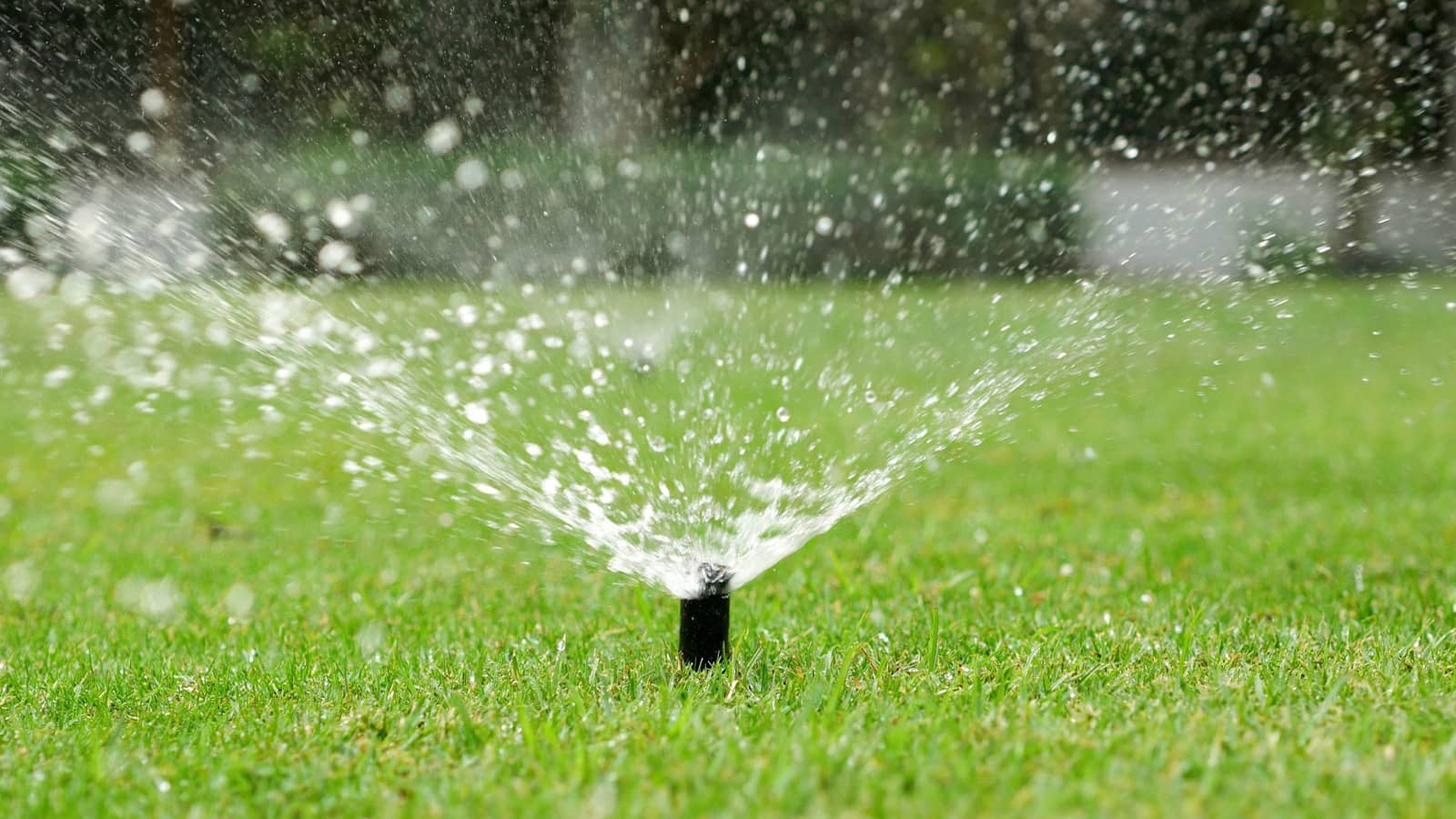
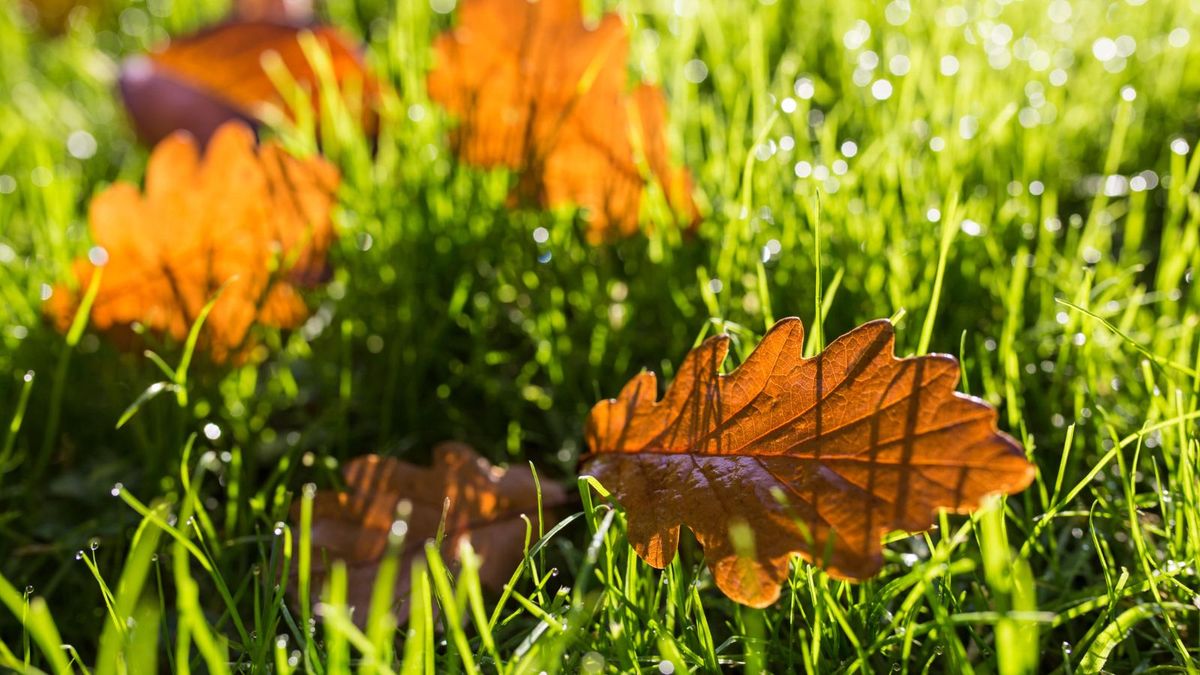

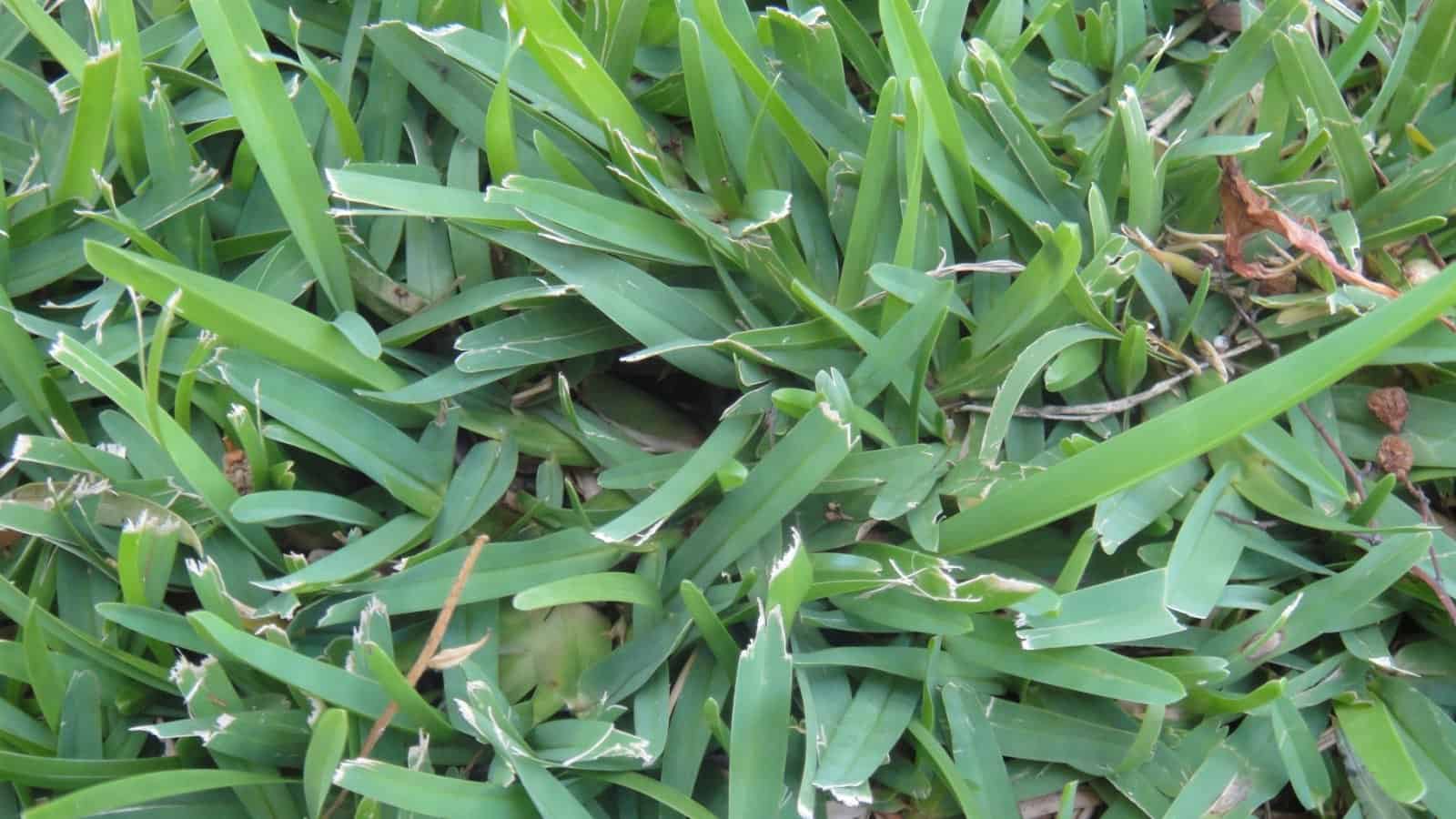
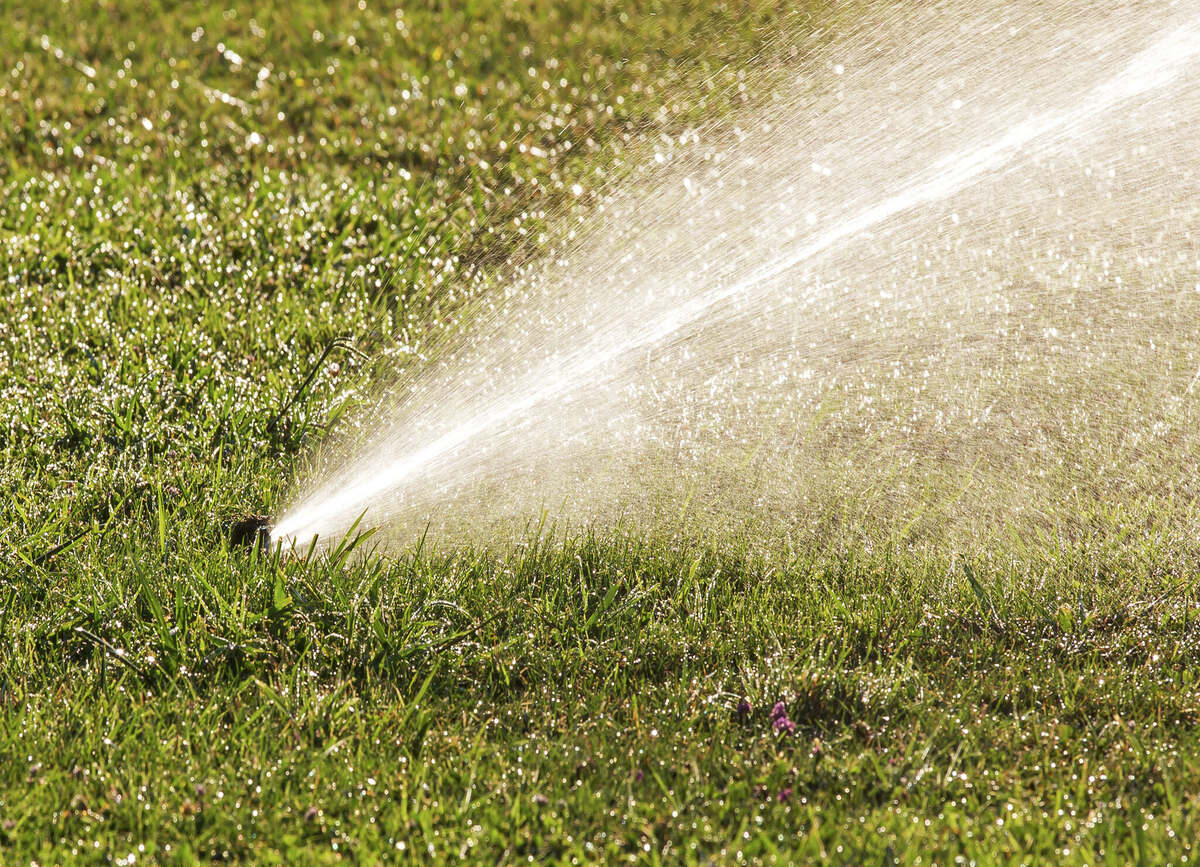
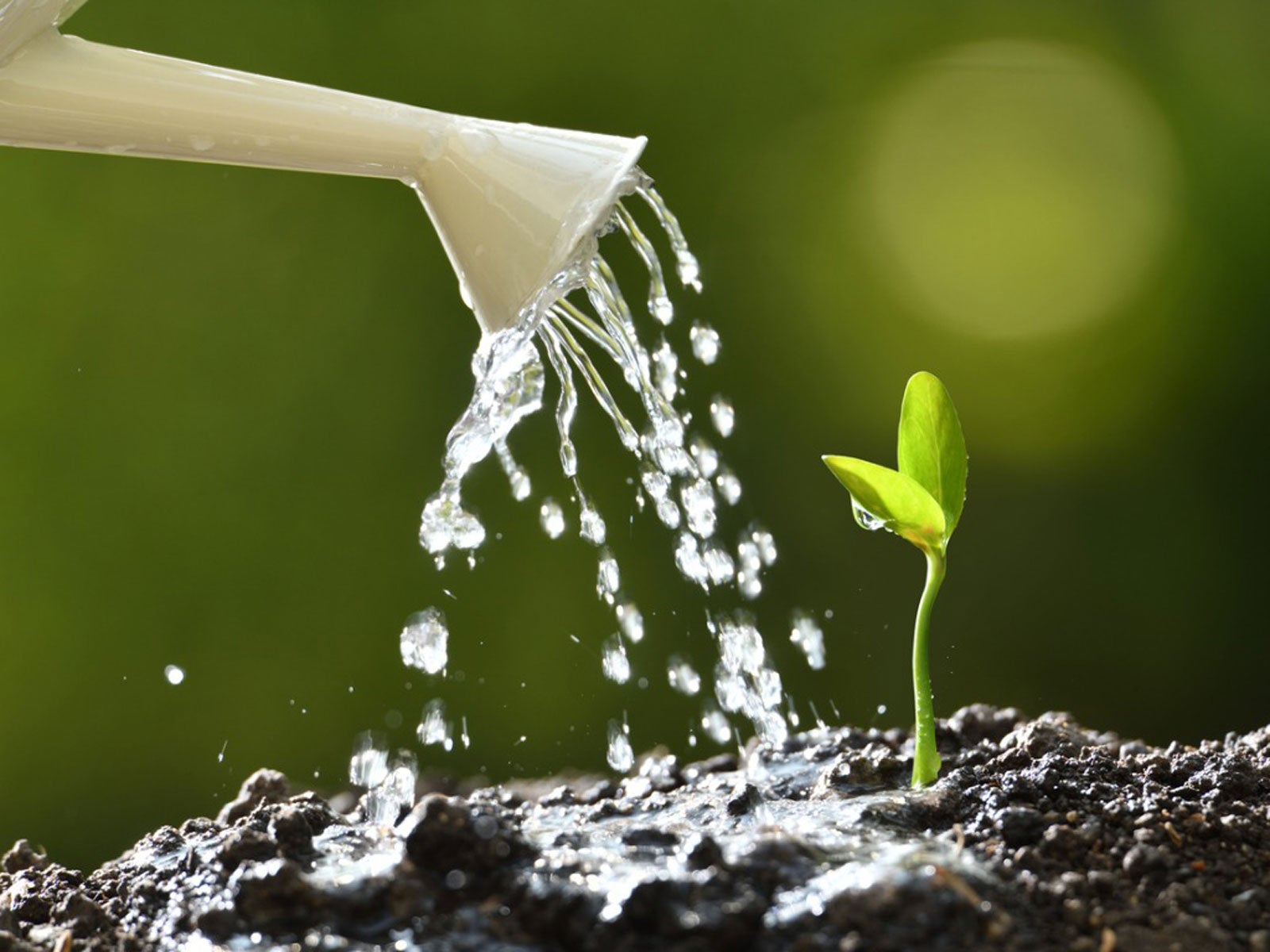

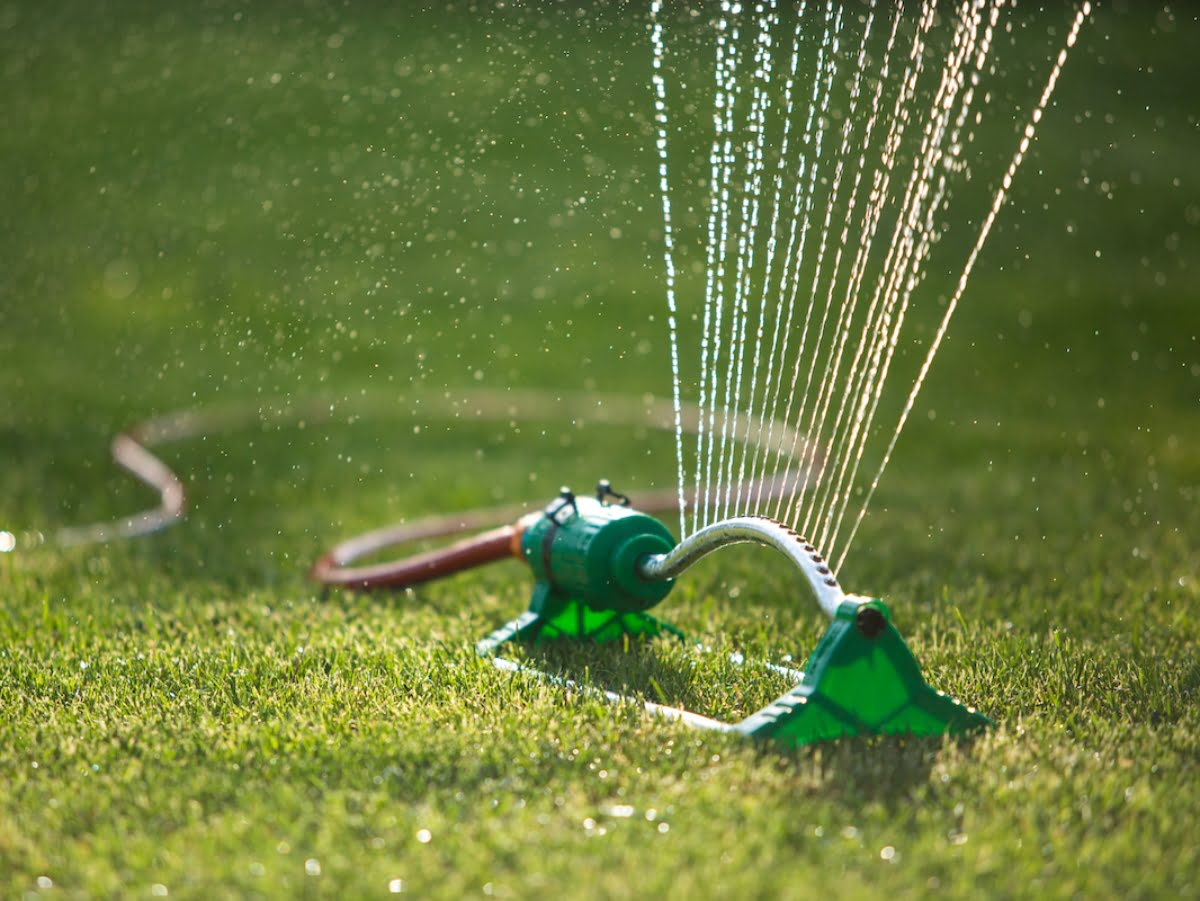
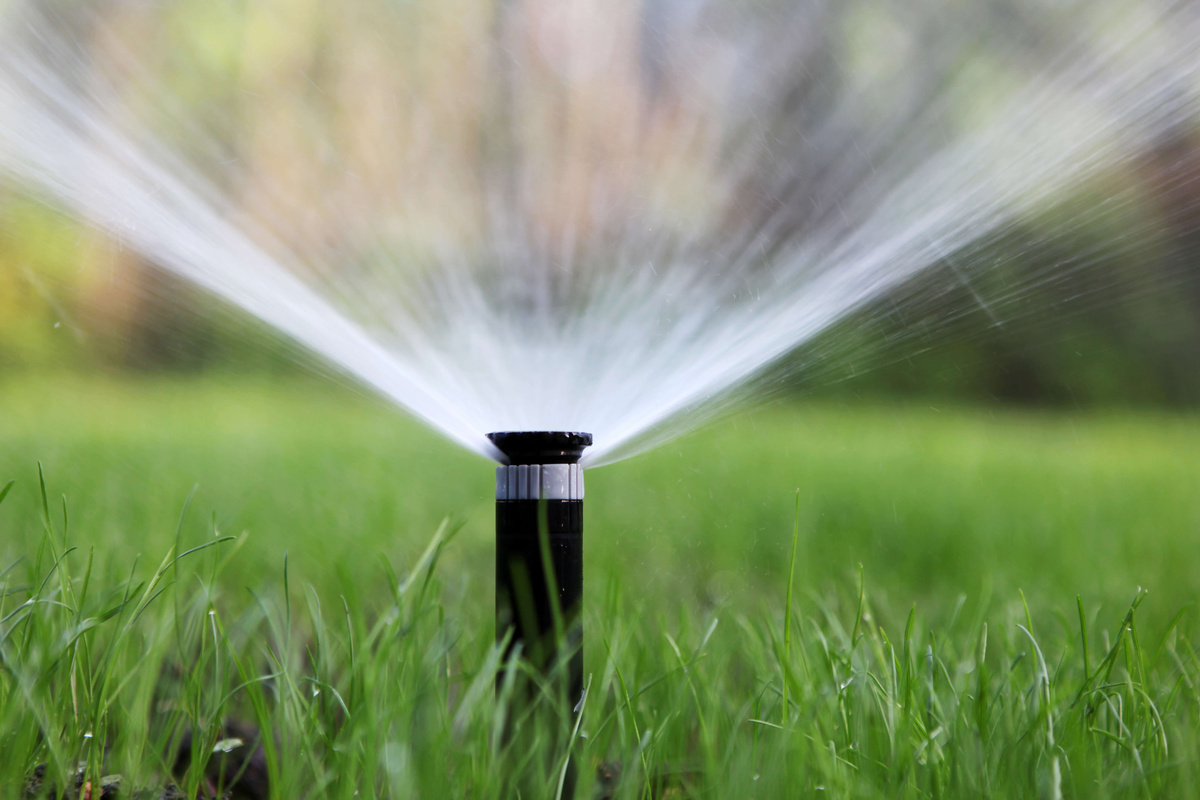
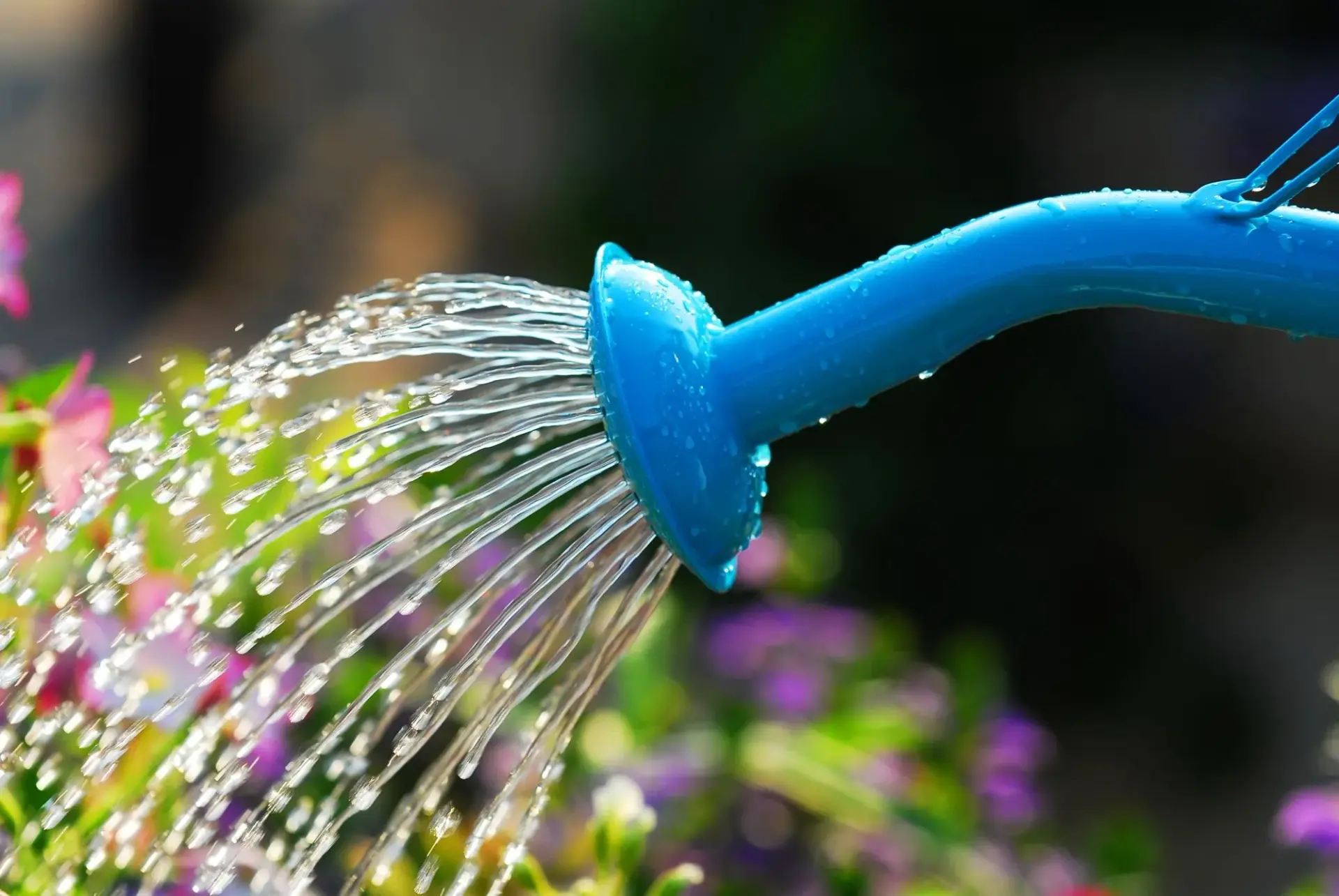
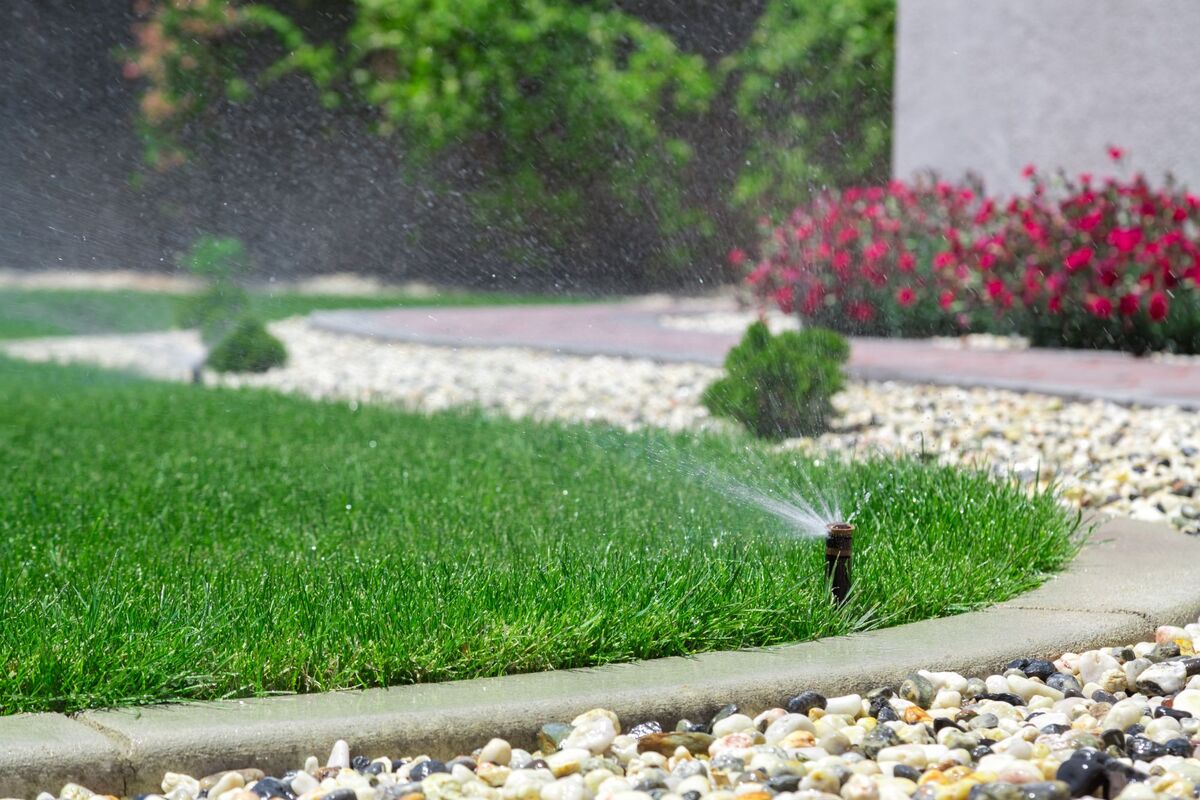


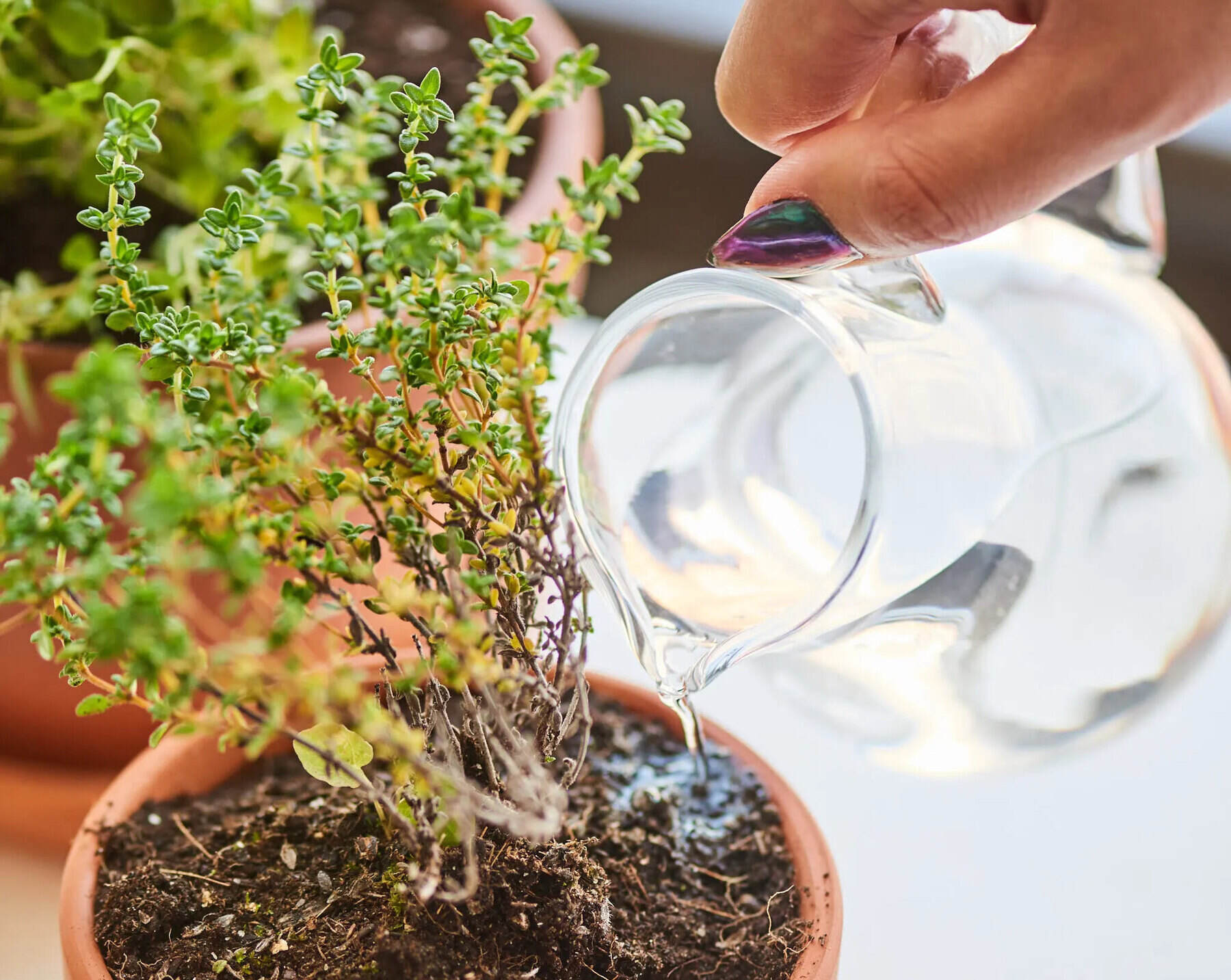

0 thoughts on “How Often To Water My Grass In 100 Degree Weather”